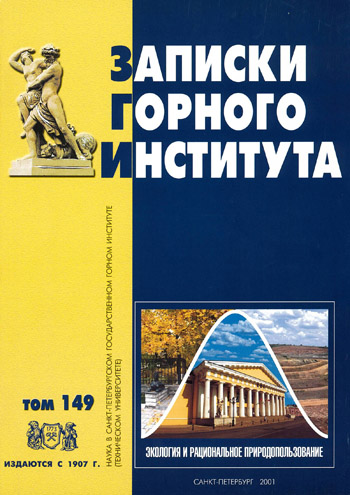Decontamination of industrial effluents of chemical plants from organochlorine compounds using sound chemistry
- 1 — S.M. Kirov St. Petersburg Forestry Academy
- 2 — S.M. Kirov St. Petersburg Forestry Academy
- 3 — S.M. Kirov St. Petersburg Forestry Academy
Abstract
The object of research is industrial effluents of chemical enterprises containing organochlorine compounds; the aim of the research is to develop a scientific basis and method of neutralization of highly toxic organochlorine compounds in the effluents of chemical enterprises, the impact of ultrasound. Sonolysis of H2O, H2O2, CCI4, etc. in a liquid-phase medium produces radical particles of H, OH, CI, CCI3, etc., which initiate oxidation reactions of chloroaromatic substances - lignin fragments (oligomers. smoke, phenols and other compounds) contained in industrial effluents to carbonic and hydroxycarboxylic acids with transition of elimination chlorine into solution as chloride-anion. Wastewater from bleaching facilities of pulp companies, and effluents from pyrolysis plants containing organochlorine compounds after treatment in an industrial generator of ultrasound at a frequency of 20-22 kHz and up to 400 kHz for 10-15 minutes become suitable for further processing at the stage of biological treatment. After treatment in the field of ultrasonic vibrations at the stage of biological treatment wastewater can be returned to a closed cycle of water use in this production.
